Josep Roca is a sommelier who, with his older brother, Joan (a chef), and his younger brother, Jordi (a pastry chef) own a restaurant called El Celler de Can Roca in the town of Girona in the autonomous region of Catalonia in Spain. If the name of the Roca’s restaurant sounds familiar it’s probably because a few weeks ago it was given the top position on the list of ‘The World’s 50 Best Restaurants‘. So, sufficed to say that to the crowd of 50 or so jounalists and 50 or so wine producers packed into the ruins of the old Carthusian monastery at Escala Dei for the main show and tasting at Espai Priorat last week, Josep Roca’s presence was noted, not least by this correspondent who managed to pull him away from the tasting tables for a quick interview. A if the mere presence of the man who chooses the wine for the world’s hottest wasn’t enough to recommend the region, I asked why he was there and what he thought of the wines being poured in the room. Roca smiled and explained in heavily-accented English that in his cellar he keeps a set of books for tasting notes and to track the development of wines as they age and “to express my passions”. The books are organized by country, except one, which is reserved for only for Priorat.
A casual wine drinker outside of Catalonia would be forgiven if they hadn’t heard of Priorat. The region, an hour and a half’s drive south of Barcelona, is very small with few producers. It’s actually a geologically determined vine growing island set in the middle of of the larger wine region of Monsant. Although Priorat has some very old vines, especially of Cariñena (or Carignan in French), the serious wine making, for which it is increasingly becoming known and the products of which fill Josep Roca’s book, is a relatively new phenomenon, begun in the past few decades. Rachel Ritchie, an English woman who married a Catalonian, settled in Priorat and works for Mas Blanc, is one of the organisers of Espai Priorat. She explained to a group of visiting wine writers that “the 20th Century history of Priorat is one of survival”. Plagued first by phylloxera, then the rural depopulation that comes with industrialisation, then the trauma of the Spanish Civil War, then the inwardness of the Franco dictatorship, the vines of Priorat weren’t used much except to make the basest bulk wine for domestic consumption or “filler wine” to be exported to France to bulk up their more insipid products.
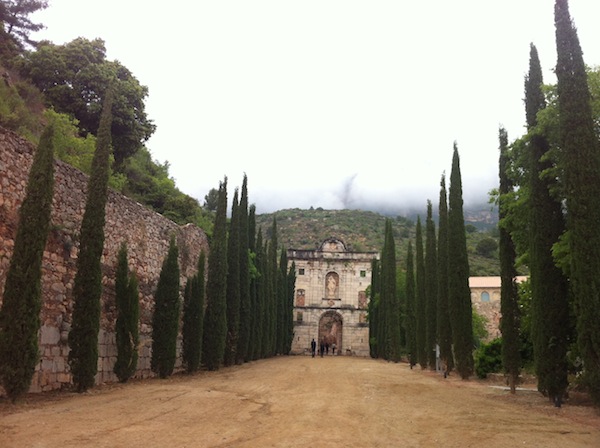
The partially restored ruins of the Escala Dei Carthusian monastery wherein was held the 2013 Espai Priorat wine show.
All of this has changed, as I first tasted in the fine wine a decade or so and saw (and tasted again) recently in the region for Espai Priorat. I’ll share more of those experiences from the vineyards, cellars and tables of Priorat in the next few weeks at Good Food Revolution. But before I do here are some key (and highly subjective) factoids about the region…
A PRIORAT PRIMER…
René Barbier
René Barbier is the French winemaker and founder of Clos Mogador credited with rediscovering Priorat in the 1980s. By the 90s his wines, made with international varietals like Cabernet Sauvignon, attracted attention from the top wine press, not least Robert Parker. He is accordingly revered in the region.
Licorella
What distinguishes Priorat from the Monstat wine region, which surrounds it is it’s soil, licorella. Licorella is the Catalan word for liquorice, which as far as I can see is half of a bad joke since this striated slate is neither particularly black nor remotely connected to any layman’s definition of “soil”. The vines of Priorat that are planted in licorella, as are the majority of 50 years of age and over, are not in any resting in any dirt; they are literally growing out of cracks in stone.
Àlvaro Palacios
If René Barbier is the Pope of Priorat, then Àlvaro Palacios is it’s rock star. When Palacios turned up at Espai Priorat show (hours late, in true rock star style) he was more or less mobbed. Palacios holds particular interest for me because it was a bottle of his Terrasses that got me interested in Priorat wines about a decade ago – his are on the top end of the ratings (and price) scale. Like Barbier he is a Priorat pioneer and from away: his family’s main wine production is in Rioja. My speculation is that Palacios’ early confidence in Priorat was especially resonant coming from a native of one Spain’s long established fine wine and export friendly regions. (Barbier was, in fact, the export manager for the Palacios family. A third outsider who became a Priorat Pioneer is the Brit-turned-Bordelais wine merchant Christopher Cannan of Clos Figueras, but because he and his daughter, Anne, hosted me for lunch at their winery and (once again pioneering in Priorat) enotourism venture Les Figueres, he gets his very own GFR post next week.)
Terraces
As the crow flies Priorat is close to Barcelona, one of Europe’s more sophisticated and bustling cities, but it feels, and for all intensive purposes until quite recently was, very remote. It’s mountainous country with narrow pin turn roads precariously perched on very steep slopes punctuated by medieval hilltop towns of a few hundred souls. There isn’t much flat land and farming has traditionally been done on terraces made of the stones from the ground, which are visually striking like a topographic map come to life. There is some debate about whether vines do better (which, in viticultural terms, actually means worse) on the narrow bits of terraced land (whereupon small tractors can sometimes navigate) or planted right into the mountain sides. The point is that mechanization on any kind of industrial, high volume scale, is impossible as long as the Newtonian laws of physics hold, which is of itself a kind perpetual guarantee of quality.
Cariñena y Garnacha
Paul Wagner, the Napa Valley-based wine industry expert who founded Balzac Communications and Marketing rode around in my mini-van, so I got to know him a bit and learn a few things from this seasoned pro. At one point he made an apt observation, which I will attempt quote (probably badly) from memory: “Old vine Carignan makes incredibly beautiful and complex wines, but young Carignan not so much.” In most parts of the wine making world three to five years is considered a respectable vine age to start squeezing the fruit of new plantings into wine. In Priorat, no winemaker I spoke with would dream of making wine from the grapes of a vine younger than seven or eight years old because of the exacting nature of the licorella “soil”. The confluence of this pair of facts is not a problem for Piorat producers who only make $100 bottles of wine from old Cariñena stock, but for everyone else it means blending. The first mixer in the blend, singled out for fruit power is usually Garnacha (aka Grenache) and then it gets interesting. Merlot (which in Priorat you get to pronounce with a hard ‘t’ at the end*) is a surprising popular choice as a softener, given its general preference for sandier or clay based soils. Also representing Bordeaux (or maybe California) is a goodly amount of Cabernet Sauvignon. Among the younger winemaker set, one encounters a fair amount of Syrah, and my guess is, like the South Africans whose hot, hot summers they share, the winemakers of Priorat will migrate towards growing more Mediterranean varietals than Atlantic ones moving forward.
More on Priorat varietals, and the actual wines and winemakers of the region in GFR posts to come…
*I’m not sure why but I find pronouncing Merlot to rhyme with got instead of go to be exceptionally amusing and satisfying, especially around very serious wine people. It’s almost as fun as pronouncing Semillon in the antipodean way that rhymes with lawn.
 Malcolm Jolley is a founding editor of Good Food Revolution and the Executive Director of Good Food Media, the company which publishes it. Follow him at twitter.com/malcolmjolley
Malcolm Jolley is a founding editor of Good Food Revolution and the Executive Director of Good Food Media, the company which publishes it. Follow him at twitter.com/malcolmjolley

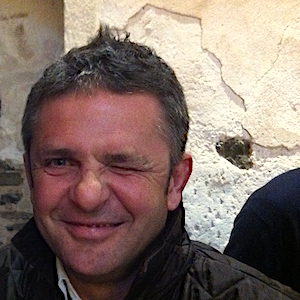
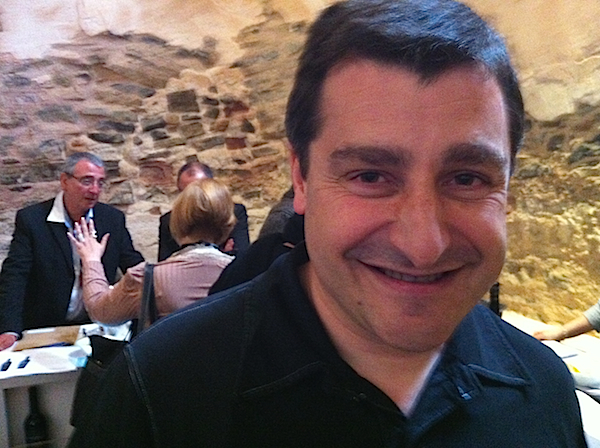

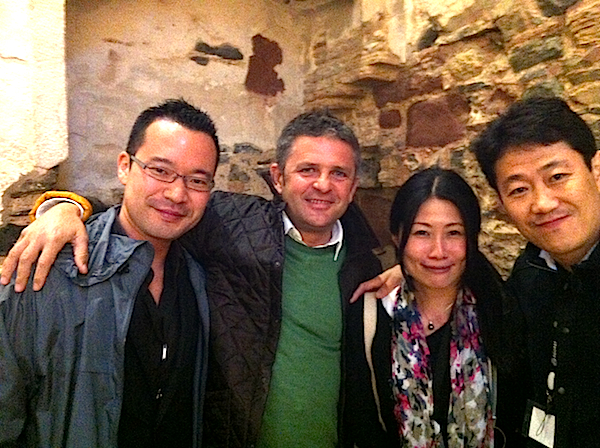

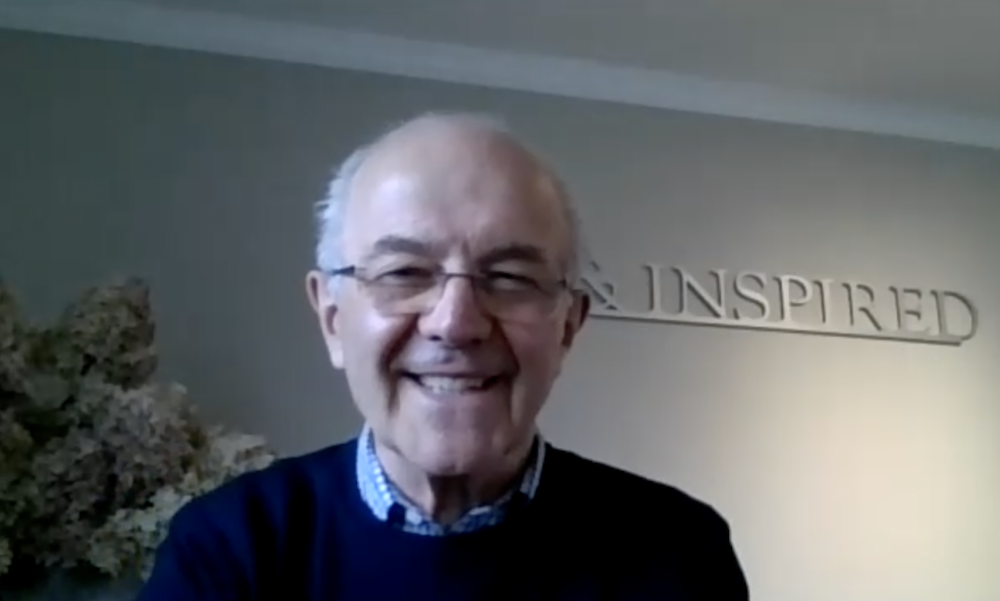


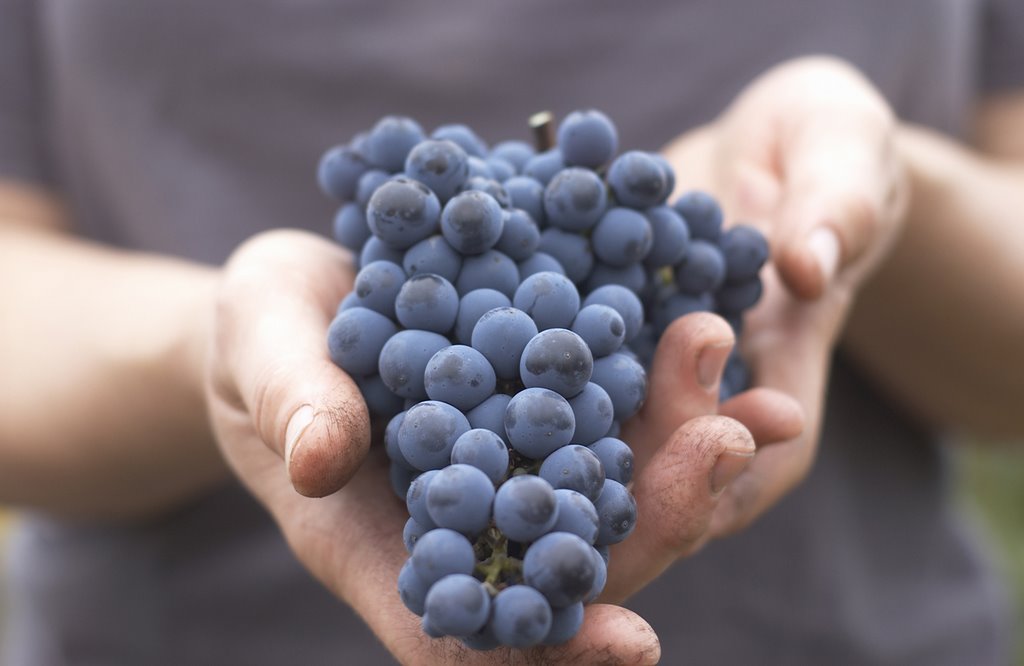

Great article! We just love that area. Angie and I were in Priorat just before Espai took place! (Darn!) We connected with Rachel Ritchie in Gratallops and tasted at Clos Figueras and Clos Mogador, touring up into the hills where Rene’s Manayetes and Mogador vineyards are situated. Also bought a piece of Isabelle’s art in wine! Little piece of heaven, indeed!